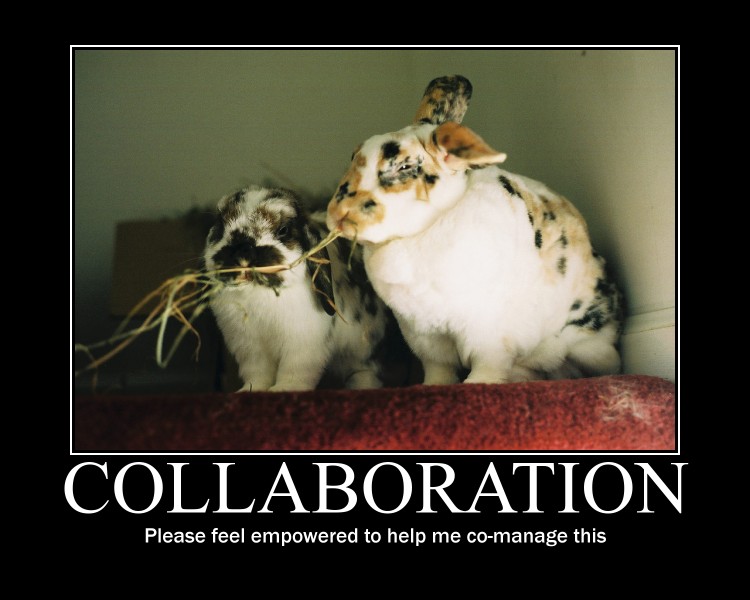Collaboration is the lifeblood of greatness. Auteurs may spit at the notion, but just about everything outside art depends on multiple sets of hands. That there are so many channels to communicate is unsurprising: phone, email, chat, etc. Each was groundbreaking when initially unveiled. Each is also surprisingly crude for the intricate needs that professionals actually require.
For all the strength of Skype, or Slack, they are also general use. Oh sure, Slack in particular offers renditions for our corporate overlords. But the basics remain and Slack is not about to integrate with MS Office anytime soon.
There are proprietary hurdles, sure. Slack and Microsoft might go together like vanilla ice cream and fudge. But we’re looking at Hersey’s fudge and Nestle ice cream. This, in truth, is holding back technology a great deal. Things are artificially exclusive. This is unfortunate, if only because integration is so crucial to productivity.
Conversation threads are useful. They allow us to keep track of correspondence. However, there is much more potential than most people recognize. MS Word’s inclusion of comments exist for a reason. The most obvious answer is that they allow input without altering the document proper. There are other reasons too. Ownership, for one. But that instinct deserves its own post.
Back to the technicalities. Comments allow writers and editors to highlight select text and leave their input. Whoopee! Such a feature innately helps collaborative efforts. However, not all platforms feature this basic feature. Selective comments could do programming platforms a world of good. Lucky for programmers, more and more options are including the feature.
But what of dynamism? Even MS Word lacks the basic capabilities of Skype: namely chat, phone call, and real time screen sharing. Integrating these basic, in-demand features is an eventuality. Why hasn’t this already happened? Demand and awareness.
Google is making professional users more aware, thankfully. Its integration with Hangout, chat, and VoIP is a godsend. So too is the simplified sharing. All this can seem a novelty for worker bees unused to more closely aligning their work with a group. However, online shops are proving the viability, nay, the necessity of such such each day.
So why is Microsoft, Adobe, and other software more closely aligned with solitaire? Same reason -demand. The past used to compartmentalize programs by use. That’s fine and dandy, but not exactly efficient. The sooner these giants start integrating modern staples of cloud computing the better. This is not only the case for creatives and coders, either. All professionals stand to gain. Lord knows that finance, law, medicine and a slew of other areas all can benefit.
The real question is if this transition to collaborative platforms is generational. When will software giants release new features that unify the work experience? Who knows. All we really can say is that demand is increasing. That optional, MS-exclusive Skype plugin may only be a few days away.
Pic courtesy of Ketzirah Lesser & Art Drauglis via Creative Commons



